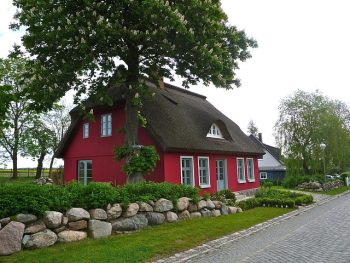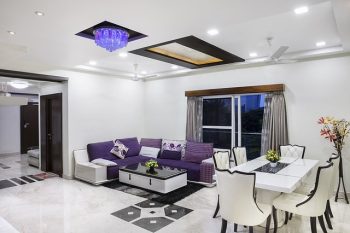Individuals wishing to invest in rental property often turn for ease to the purchase of an old apartment, or a new apartment in Pinel to reduce their taxes. And they forget the interest that could have the construction of a new house in order to rent it. Rental attractiveness of the new, more stable tenants, tax reductions offered by the Pinel law and more interesting capital gain on resale, here is what pleads in favor of a new house.
The success of a rental investment is above all dependent on rental demand. The stock of new or old apartments for rent is significant in the main French cities (outside Paris) and there is significant competition.
On the other hand, rental demand for houses is very strong, while properties of this type are rare for rental. This is the case in large conurbations such as Toulouse, which welcomes nearly 15,000 new inhabitants each year. Translation: it is easier to find a tenant for a house than for an apartment.
Second, tenants of a house are by nature more stable. De Particulier à Particulier estimates that a tenant stays on average 80 months in a house (6 and a half years, which is the lowest Pinel investment period, see below) and 30 months in an apartment (source). This is explained by the nature of house tenants: couples with school-going children with a stable professional situation.
Who says more stable tenant, also says owner-lessor more serene since vacation periods are shorter and rarer for a house.
Finally, remember that the owner-lessor will not have to bear co-ownership charges in a house, unlike an apartment.
We have just observed that the rental potential of a house was significant. However, acquiring an old house often generates substantial renovation costs which will affect the rental profitability of the project. Not to mention that houses for sale are scarce in the most interesting areas.
Building a house to rent then becomes an interesting alternative in several respects because it allows you to optimize the rental profitability of your project:
When selecting the builder, think long term. A house built with quality materials, labeled RT2012, or even compliant with the NF Habitat HQE (High Environmental Quality) standard, will offer greater comfort and will age better. While all serious builders offer houses with the RT2012 label, few have the NF Habitat HQE certification. Thus, only one builder, Villas et Maisons de France, has obtained this certification in Haute-Garonne. By making this choice, your quality home will be easier to resell in the long term, and at a better price. Builders and real estate developers also believe that the establishment of a bonus/malus system on the resale of houses could see the light of day. An additional reason to choose a manufacturer claiming labels.
The Pinel law is a tax system encouraging taxpayers to invest in a construction project in new rental real estate in exchange for substantial tax reductions of up to €63,000 over 12 years. The capital invested is limited to €300,000, which is quite sufficient for a house construction project in an attractive area. For example, in the highly sought-after second ring of the Toulouse conurbation, a construction project including land costs €240,000 for 100m2 of living space (large 4-room house or small 5-room house).
The whole point of investing in a new house under the Pinel law is to finance your project without down payment through a traditional mortgage, the tax reductions offered, and the rental income. In 2017, it is also more profitable to “buy” money from the bank because of low interest rates, than to finance the project with a personal contribution.
Depending on your objectives, you can then choose to rent with the Pinel system for 6, 9 or 12 years and thus obtain 12, 18 or 21% tax reductions calculated on the purchase price of your new house (from €36 to €63,000 maximum in total).
You have invested in a new house under the Pinel law. At the end of the mandatory rental period (6, 9 or 12 years), you have several choices:




